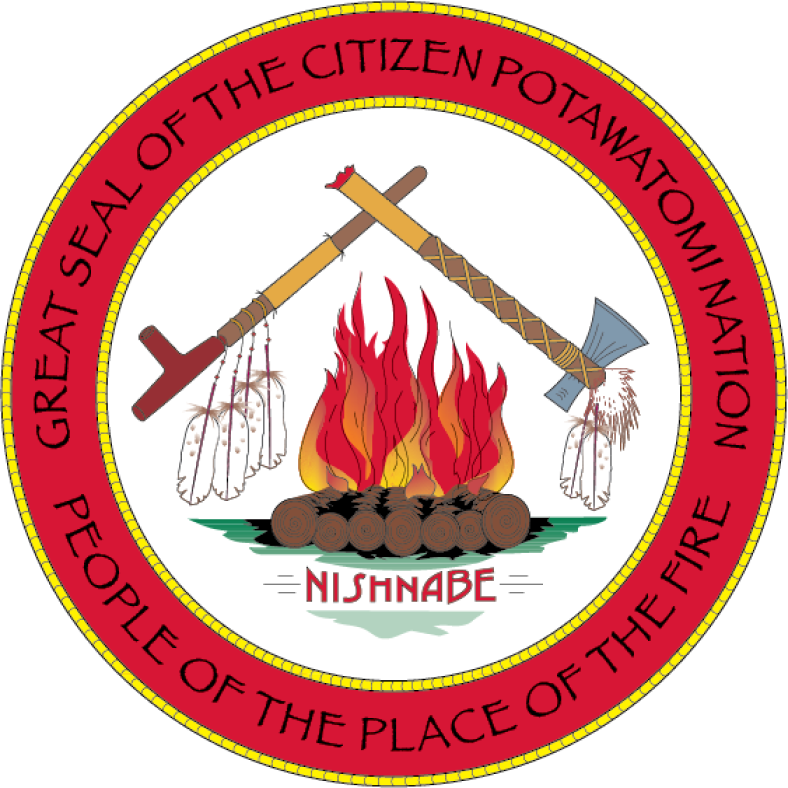The Nadeau family helped establish St. Marys mission and later were among the first Citizen Potawatomi to settle in Indian Territory.
The 2024 Honored Families are Darling, Hardin, Higbee, Levier, Lewis, Nadeau, Negahnquet, Pambogo and Smith.
Intertwined with the Bergeron family history, the Lewis family history is one of endurance and leadership in the face of removal. Wesley Lewis worked to establish the first schoolhouse, post office and cemetery near present-day Wanette, Oklahoma, and his descendants continued to develop infrastructure in the area, serve as community leaders and preserve Potawatomi history.
To highlight some of the CPN Cultural Heritage Center’s archival holdings, the Hownikan is featuring photographs and family history of every founding Citizen Potawatomi family. The Higbee family traces its roots back to the St. Joseph River Valley and has a long legacy serving as teachers, medical professionals, CPN employees, Tribal leaders and more.
A discussion at the Citizen Potawatomi Nation Family Reunion Festival has motivated members of the Tescier family to ensure that Potawatomi history is included in a Harrah, Oklahoma, historical society’s museum. The land for the town’s original site was donated by Tribal member Louis Navarre, who was first to arrive at his allotment in the 1870s.
To highlight some of the CPN Cultural Heritage Center’s archival holdings, the Hownikan is featuring photographs and family history of every founding Citizen Potawatomi family. The Hardin family has a long history of service to the Nation, through elected and volunteer leadership, military service, trades and more.
The earliest communities in what would become Oklahoma were born from the hard work and generosity of families like the Darlings. The Hownikan traces Darling family history through archival records at the CHC.
Officials with the Citizen Potawatomi Nation and Tribal members from across the country met in Indiana and retraced the steps their ancestors took in 1838 when the Potawatomi were forced to leave their Indiana homelands and march to a reservation in Kansas.
Every year at the CPN Family Reunion Festival, the Nation honors a group of families that moved to Oklahoma and eventually formed the Citizen Potawatomi Nation. The 2024 Honored Families are Darling, Hardin, Higbee, Levier, Lewis, Nadeau, Negahnquet, Pambogo and Smith.
To highlight some of the Cultural Heritage Center archive holdings, the Hownikan is featuring photographs and family history of every founding Citizen Potawatomi family. The Tescier family ancestors were front row witnesses to history and the birth of what would become Oklahoma. They lived through the Land Run, endured the Great Depression and the Dust Bowl, and have served as elected officials of the CPN government and holders of cultural teachings over many generations.
